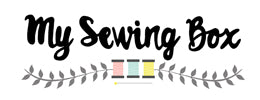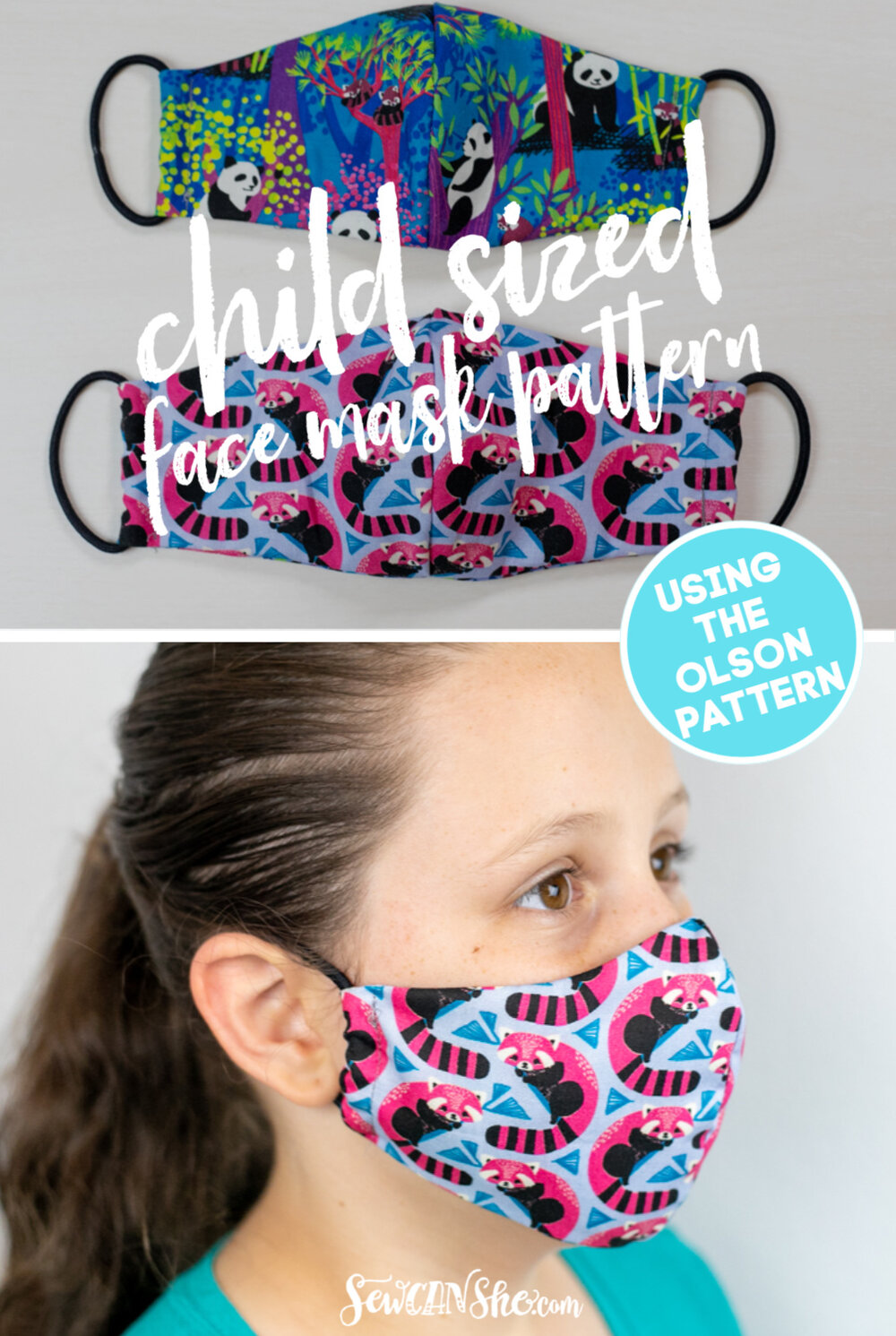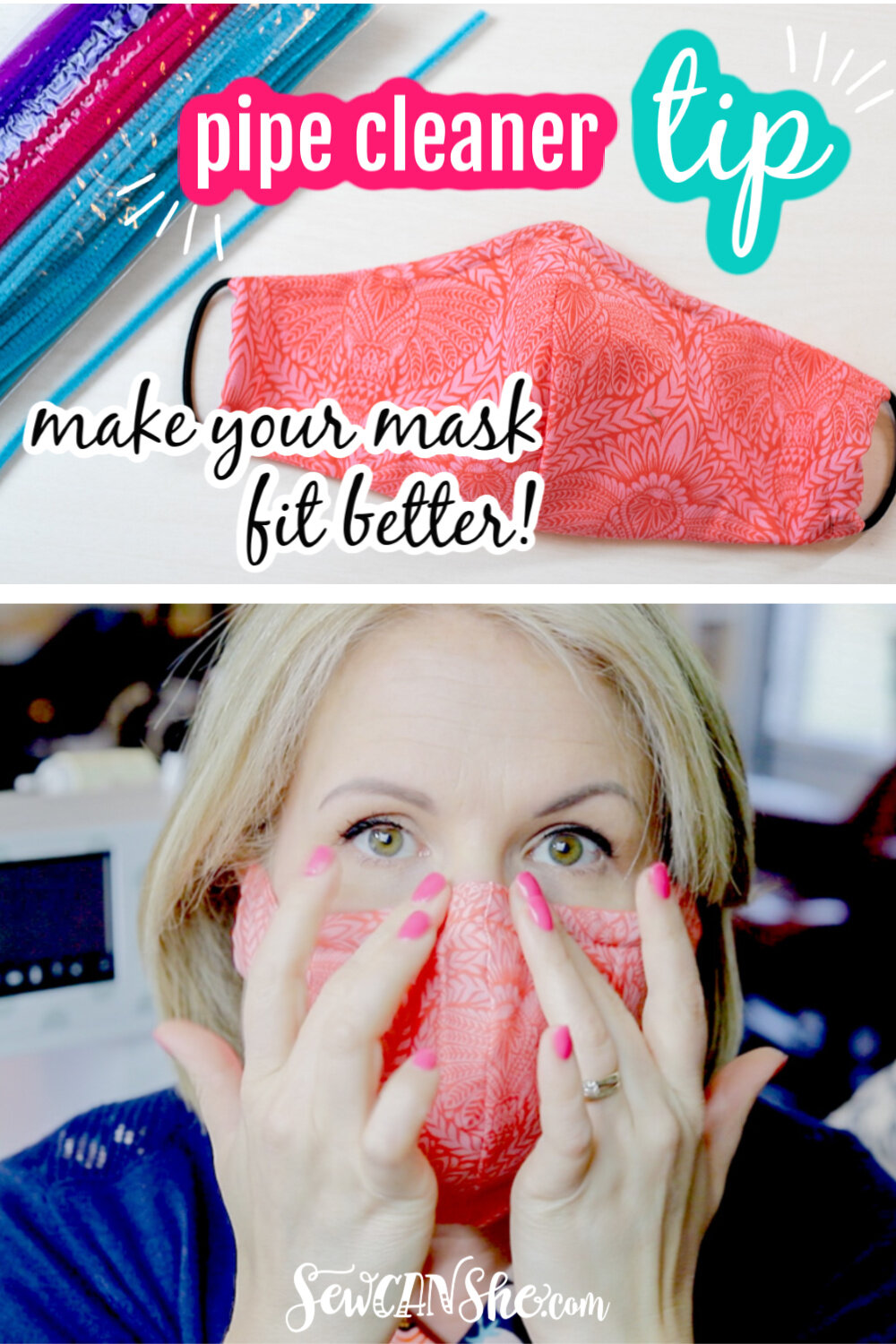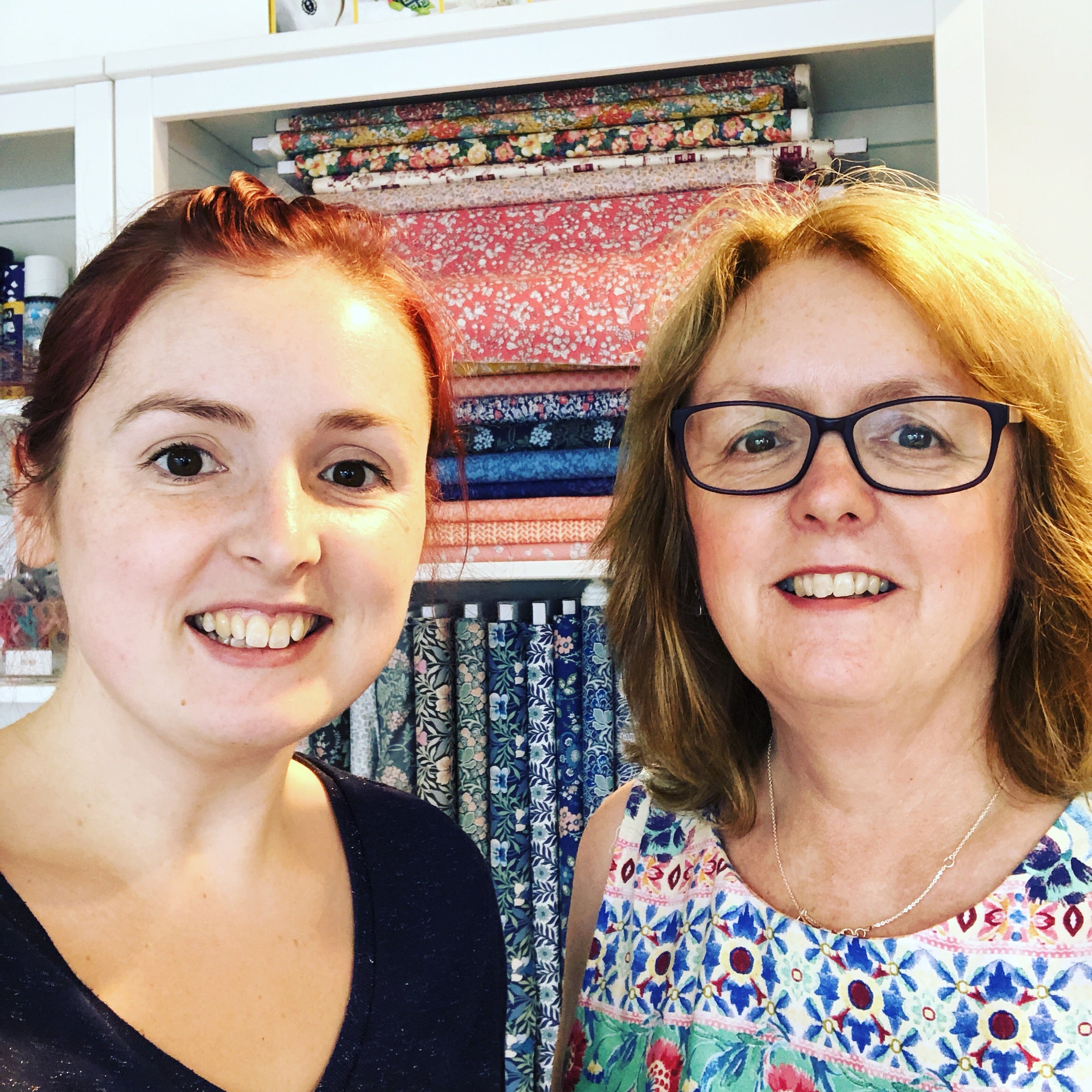With the UK government now recommending the use of face masks in enclosed public spaces like shops and public transport, we know a lot of you will be wanting to make some of your own for yourselves and family.
If you've not made one before, we've put together a handy blog post of resources for different patterns, materials you need etc to help guide you and find the right things you need.
As you may have heard, guidance on the effectiveness of masks varies constantly and is often changing. Do note that these are only intended for personal use, not designed to be medical grade - they should not replace hand washing and social distancing measures. It's up to you to decide whether they are the right thing for you - but if you think you are, then we'd like to help you!
How to Make a Face Mask
Patterns
Most patterns do assume a basic knowledge of sewing. Whilst most are designed to be sewn on a sewing machine, they can also be sewn by hand - it will just take longer! Make sure to keep your stitching nice and tight and even so it survives washing.
After consulting lots of face mask makers, these are considered some of the favourite patterns for face masks:
How to Sew a Fitted Face Mask by Sweet Red Poppy
(good fitted shape - no elastic required)
Step by Step Olsen Fitted Face Mask by Sew Can She
(includes children's sizes, pattern taken from medical grade masks)
How to Sew a Basic Mask by BBC
(beginner friendly and easy to hand sew)
Tilly and the Buttons DIY Face Mask
(beginner friendly, no elastic)
Materials
Fabric
You need to use tightly woven cotton fabric - this means that if you hold it up to the light that you can't see through it. Most premium quality, medium weight quilting cottons are ideal for this (think Michael Miller, Riley Blake, Makower etc). You can use prints or plains, whatever you prefer! Most patterns only require about a quarter metre of fat quarter of fabric to make one mask, so they are quite economical.
Make sure to wash your fabric on a hot wash before you begin! This will remove any shrinkage that may happen when you wash your finished mask - you will need to wash it often so this is important.
Filters
If you want to include a filter, you will need to make this from a non-woven material. Most makers are using sew-in interfacing for this, such as Vlieseline M12 medium weight and Vlieseline S13 heavy weight. Alternatively, others have suggested using coffee filters, vacuum bags and even kitchen paper as household alternatives.
Ties
Every tutorial is different and the ties you use may depend on what you can get hold of and what you find most comfortable - it might be worth trying a few different variations to see what you like best if you plan on making more than one mask.
Elastic is the most widely used and easy to use tie material, as it will stretch to fit the wearer. You will need smaller width elastic around 5-6mm or elastic cord 2-3mm. It can be a bit hard to come by at certain times with everyone making masks for the NHS and themselves, so if you can't get hold of any, you can also use bias binding or cotton tape.
Bias binding (strips of fabric, with the edges folded in and pressed down) can be used in place of elastic, and can be tied to fit the wearer. It is pretty cheap and comes in a wide range of colours, which is also great if you want to co-ordinate with your fabric choice for a pretty finish.
If you don't want to use either of the above you can also use cotton tape which comes in limited colours usually, which is also pretty cheap and can be tied to fit.
Tips and Tricks
Some tutorials add a channel with a pipe cleaner across the top of the mask to allow you to mold it to your face. Bear in mind with this though, that if you wash your mask regularly, the pipe cleaner may need to be replaced eventually if the metal inside it becomes rusty.
How to add a pipe cleaner to your mask by Sew Can She
You can also use floral wire in the mask to achieve the same effect as above.
Masks come in different sizes, so it may be worth making a practice one from old fabric to see how it comes up for size.
Don't forget to measure the elastic to fit your (or the wearer)'s head! Bear in mind that different elastic can have different amounts of stretch, so unless you are using the exact same brand and type of elastic each time, you may need to adjust slightly.








